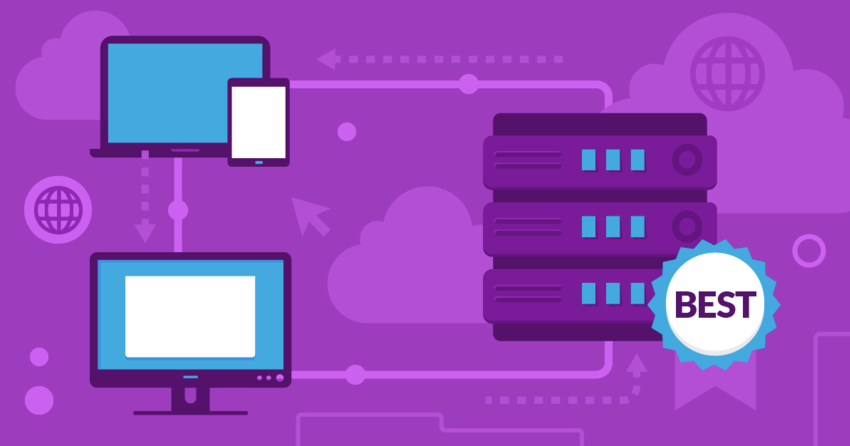Inside this Article
Features
Nearly All-Inclusive Features Are Good Value for the Money
I started with the appropriately named Cloud 1 plan, which starts at $2.39 per month, and comes with 50GB SSD storage, 2TB bandwidth, a single-core (2.5GHz) processor, and 2GB of RAM. Now keep in mind that those are guaranteed resources. For the uninitiated, sometimes a VPS host will oversell its servers, like airlines do with plane seats. These unscrupulous companies are banking on you, and everyone else, not actually using all the hardware resources you’ve paid for. Having guaranteed resources, like with FastComet, means that you’ll always have that CPU core and those 2GB of RAM available to your site. That’s all good, but here’s one small downside: You can’t upgrade your resources individually. If you need a bit more RAM or storage, you have to upgrade your entire plan. And that’s why the Cloud 2 and Cloud 3 plans aren’t that much more expensive than Cloud 1. Like any service, the idea is for you to upgrade.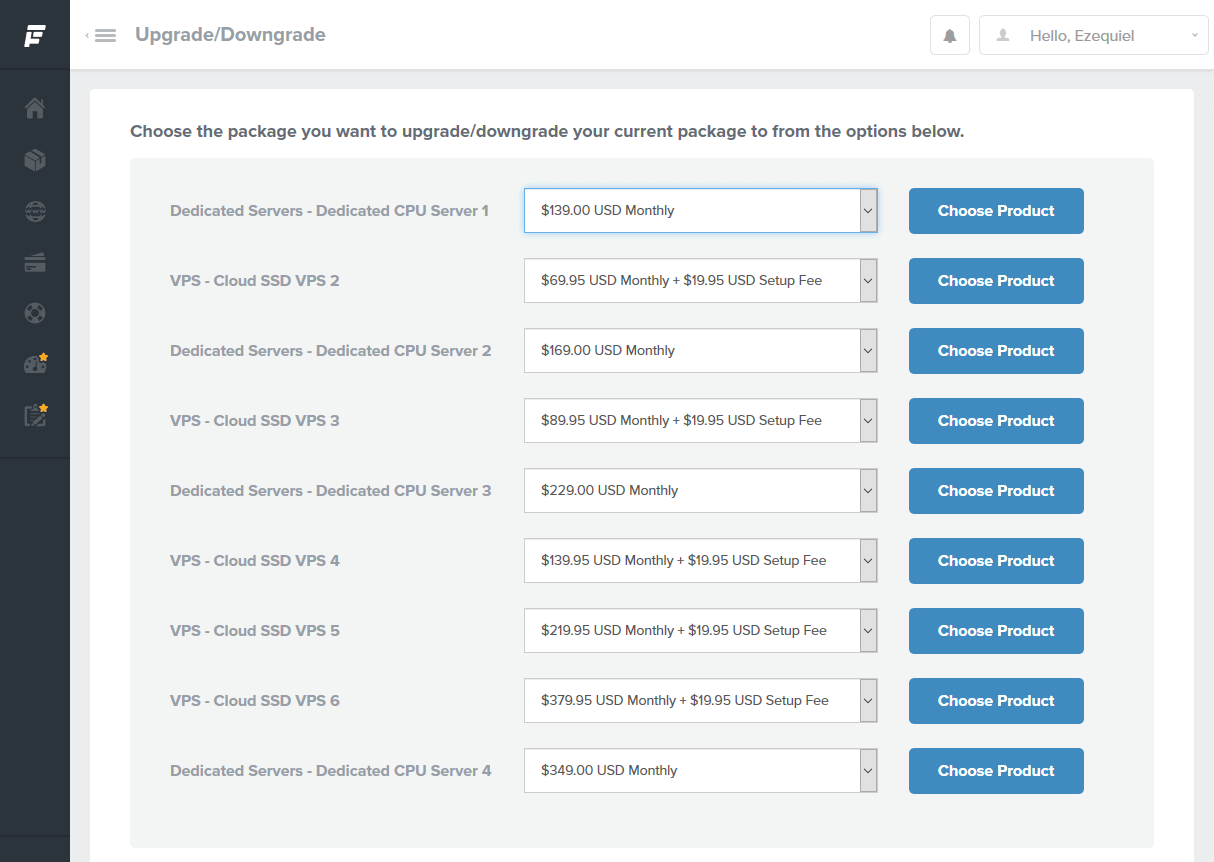
Fully Managed
Well, I can’t really describe how much easier it is to have someone else take care of your server for you, but I’ll try. Dear God, it’s so much easier. I don’t have to mess around with server settings I barely understand, access anything via the command line, or even update my software manually. You too can have that convenience. In fact, there’s even a whole ticket category dedicated to “script installation.” Meaning, you can have a support agent install WordPress or anything else you like for you.Strong Security Tools
Every VPS plan comes with ModSecurity, which is a set of tools for, as you can imagine, securing your server. There are also firewalls optimized for general use, as well as firewall configurations for WordPress, Joomla, Magento, and more. As long as you’re on a managed plan, security is something you can largely let the company handle, although you can also choose to customize it for yourself.Backups and Snapshots
You get free daily and weekly backups. That’s it. Oh, they’re not off-site unless you pay extra, but the backups are there and handy if you do something like mess up a setting that brings down your entire site. Or, you know, look at your .htaccess file the wrong way. Hey, I’ve broken my own sites that way more than once.Ease of Use
Everything Is Simple to Use and Usually Familiar
Signup was so easy that it’s almost not worth mentioning. I signed up, I paid with PayPal, it was over. Once I logged in and my site was set up, I was greeted by a helpful tutorial, showing me where everything was.
It’s the Usual cPanel Goodness
Chances are you know it and you love it. Or at least you don’t hate it. Or maybe you do… but at the very least you have heard of cPanel, the hosting control panel that’s more ubiquitous than Jude Law was a few years back.
There’s Easy Cloudflare Integration
This is included right in cPanel. If you want to make your site just a little bit faster all over the world, there are few easier ways to do it. (Even if Cloudflare does have some problems of its own now and then.)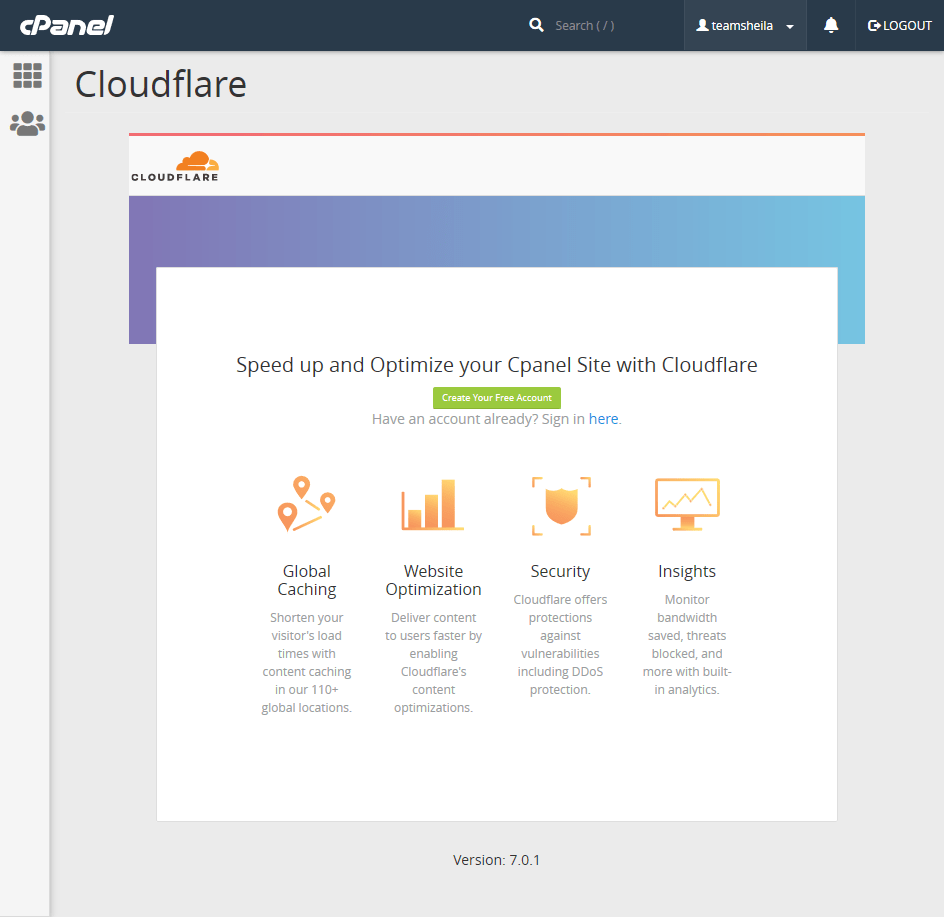
The Bad(ish): No Softaculous by Default
For everyone who likes installing their CMS with one or two clicks: There is no Softaculous installer… at first. I had to install WordPress manually, because I didn’t feel like asking anyone else to do it for me. But it turns out that if you just ask for it, support will install Softaculous for you. One-click installs for everyone!Performance
FastComet Can Make Your Site Feel Local Anywhere
When my colleague tested FastComet’s shared hosting, its performance was good (although not spectacular. I, on the other hand, was fairly impressed with FastComet’s VPS performance. I mean, with 11 data centers all over the world, you’d hope a company named FastComet knows what it’s doing, right? I put together a test website based on WordPress with JavaScript, HD images, and the other usual things that might seriously slow down a home page. I didn’t take it too far, but it’s not a pure text site. I applied some simple optimizations like GZIP and image compression, to keep things fair. Then I ran a few tests to see how it would do. And well… The performance was absolutely solid. The average complete page loading time was a respectable 1.7 seconds. Uptime stayed at a consistent 100%, though it must be noted that I didn’t have a lot of time for testing. Now, if you want the rest of the details, I have details. If you’d rather skip the nerd stuff, skip ahead to see if I was as impressed with FastComet’s support.
FastComet’s 11 data center locations are:
GTmetrix
My test site loaded pretty consistently between 1.4 and 1.6 seconds. There were occasional random spikes of lower performance (2.4s was the worst loading time and brought the average down), but this is typical of, you know, the internet.
Here’s what one of the better tests looked like:
|
|
|---|
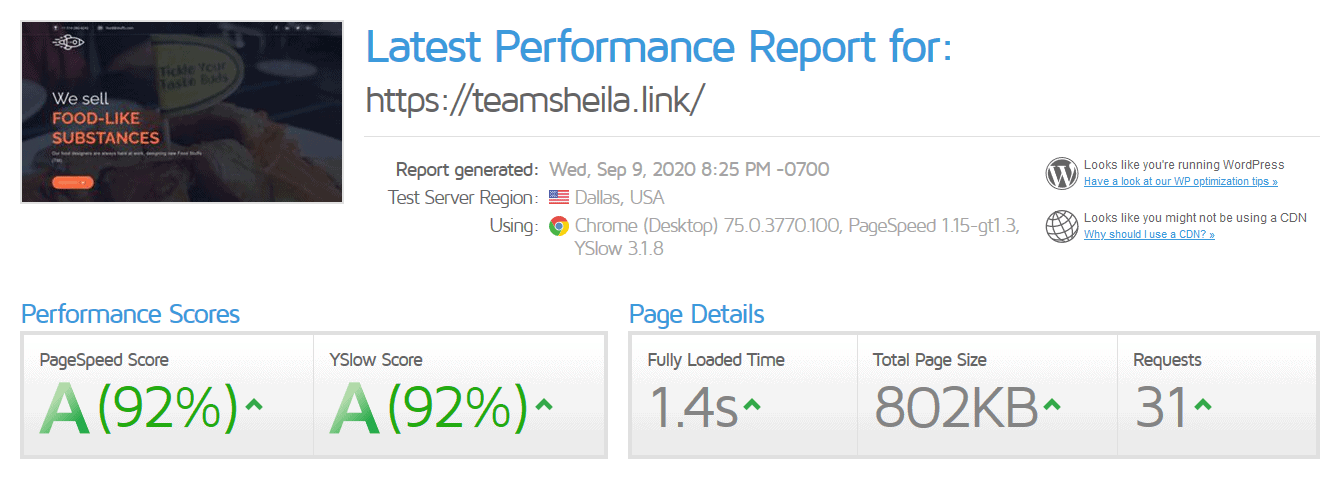
UptimeRobot
Admittedly, I didn’t have a lot of time to test this service, what with the refund policy for VPS plans only lasting 7 days. That’s not a ton of time. Still, it managed 100% uptime, even if the graph below does show more than a few spikes of slightly lower performance.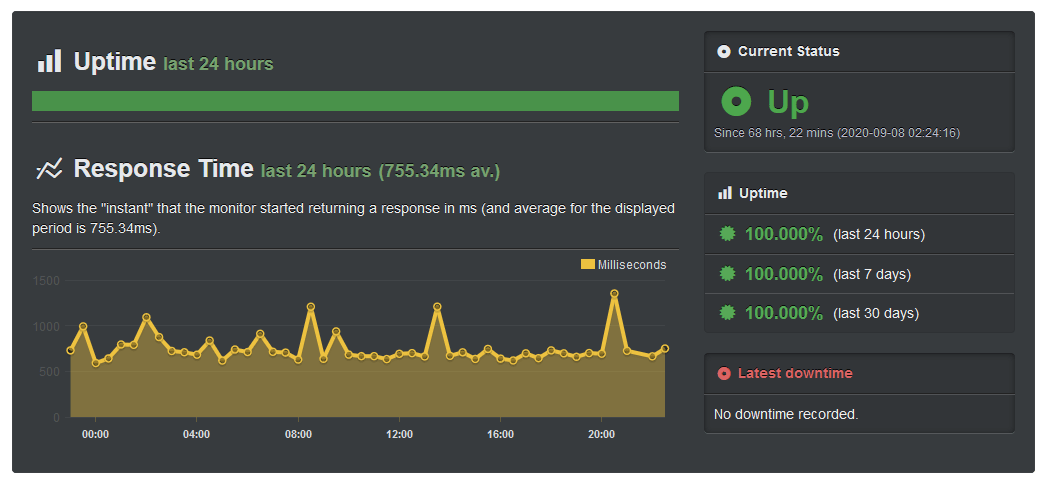
Support
Support Was Fast and Mostly Helpful
Now when I say mostly helpful, let me be clear: The support agent I dealt with was amazing. But I’ve got beef with the sales department. See, I started a chat convo with tech support and asked when CentOS 8 would be available. Figured the tech people would know, right? Well, after an initial fast response, I was sent off to talk to sales. And then I got mad. I admit, I was mad already about having to pay extra for CentOS 7, which, while not exactly out of date, certainly is no spring chicken.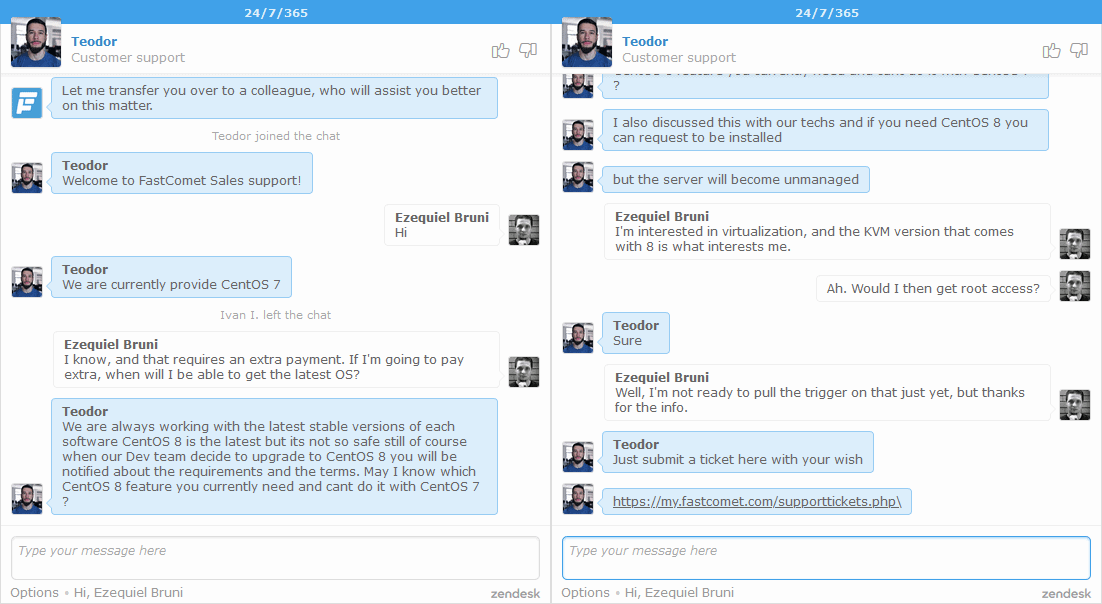
Update: Since writing this review, I learned that CentOS is switching to rolling releases instead of versioned releases, which will inevitably make it less stable. This means I can’t recommend it anymore.
I’ve heard many server administrators are switching to Debian. Red Hat Enterprise Linux, which CentOS was based on, is another good option, but it’s more expensive. Some prefer to wait, as one of the original CentOS creators has announced a new project called Rocky Linux, which aims to be very similar to the old CentOS. The rumors say that once it’s released, migration should be easy.
The response I got to my first ticket was nearly as fast as, and better in quality than, the live chat. I asked how I could access WHM to add another site to my VPS, and I got a helpful response to my question in 4 minutes.
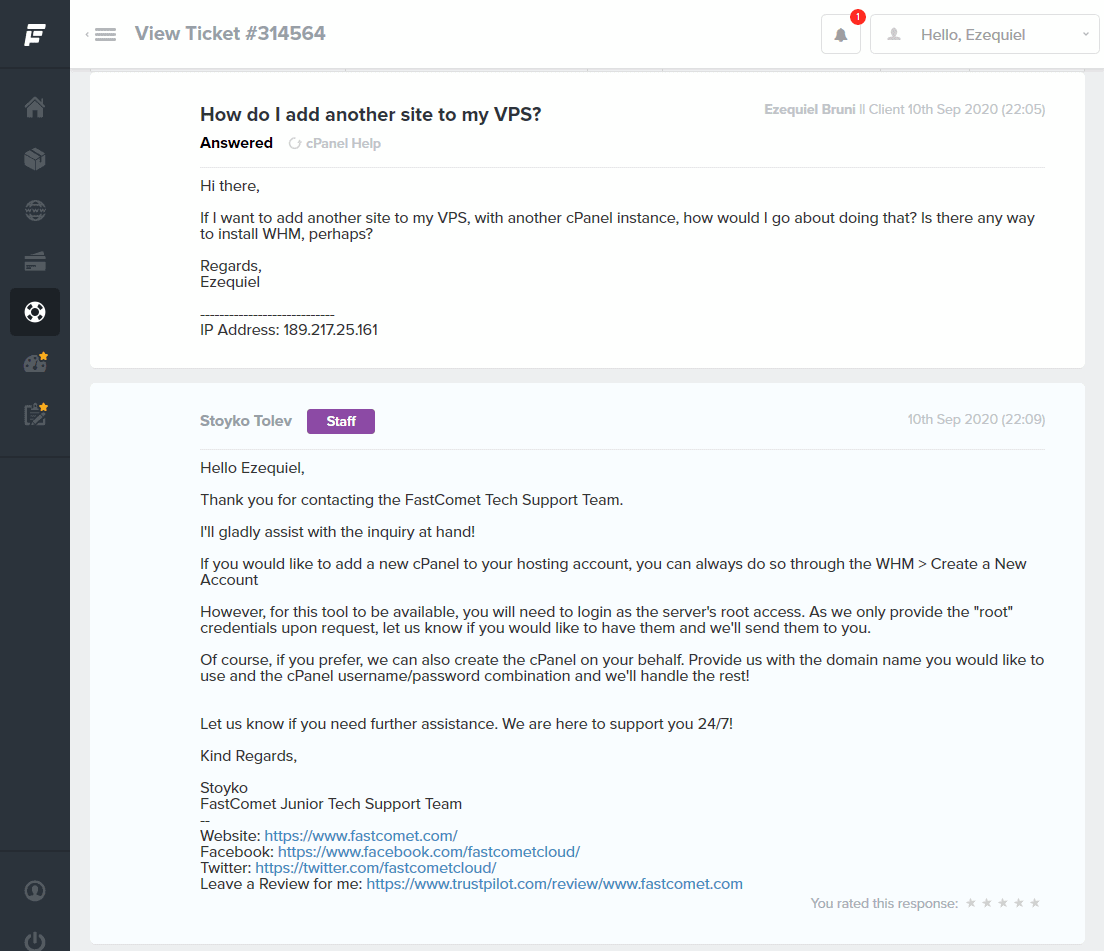
Pricing
FastComet Ain’t Cheap
Regrettably, FastComet does not offer the most cost-effective solution, and many features that could potentially be considered standard are not included. Despite the commendable performance, opting for FastComet’s managed hosting entails using older, almost obsolete software. The cheapest VPS plan is awfully close in price to the next cheapest plans, which have double – and then more than triple – the resources. This is obviously by design, as FastComet wants you to upgrade. Well, I can’t find fault with that, but it means that you can get entry-level VPS hosting much cheaper elsewhere.Cancellation & Refunds
Requesting cancellation is easy. You just go to My Products, click View Details, and then Request Cancellation. You’ll have to fill out a short form saying why you’re canceling, put in your password just to be sure, and then you’re done.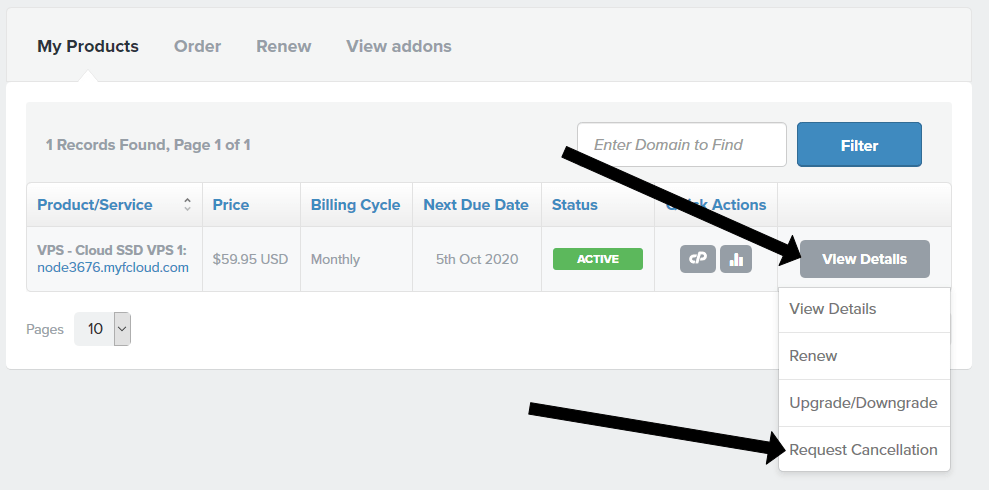
Bottom Line
FastComet’s VPS plans aren’t the cheapest. They cost more than the likes of Hostinger, but the features are solid and while the sales team might lack a bit of knowledge, the support I got was pretty great. I just wish the money-back guarantee was longer than 7 days – it’s not really long enough to see whether the service is really right for you. Overall, FastComet is a solid choice for VPS hosting – albeit not if you’re on a tight budget!FAQ
What is the difference between cloud hosting and cloud VPS?
Both use lots of computers working together to host websites, but a cloud VPS provides a “virtual machine,” which replicates a self-contained computer, complete with operating system. This walls off your website from all the others, so if someone else’s website gets hacked, yours should remain unaffected. A VPS also allows the host to allocate a specific amount of hardware resources (such as CPU cores and RAM) to your site, rather than sharing those resources with other customers.Does FastComet offer cheap VPS?
That depends on your wallet, mostly, but it’s certainly not the cheapest option. If you’re looking for budget-friendly VPS options, Hostinger and InterServer offer some of the lowest prices around. Alternatively, you can check out our list of the best VPS hosting services to find the VPS host that’s right for you.What is the difference between managed and unmanaged VPS hosting?
In simple terms? Unmanaged hosting provides you with a server out there, somewhere, and that’s it. You have to figure out how to maintain, administer, and configure it for hosting. And you’ll be doing a lot of that from an interface that looks a lot like this: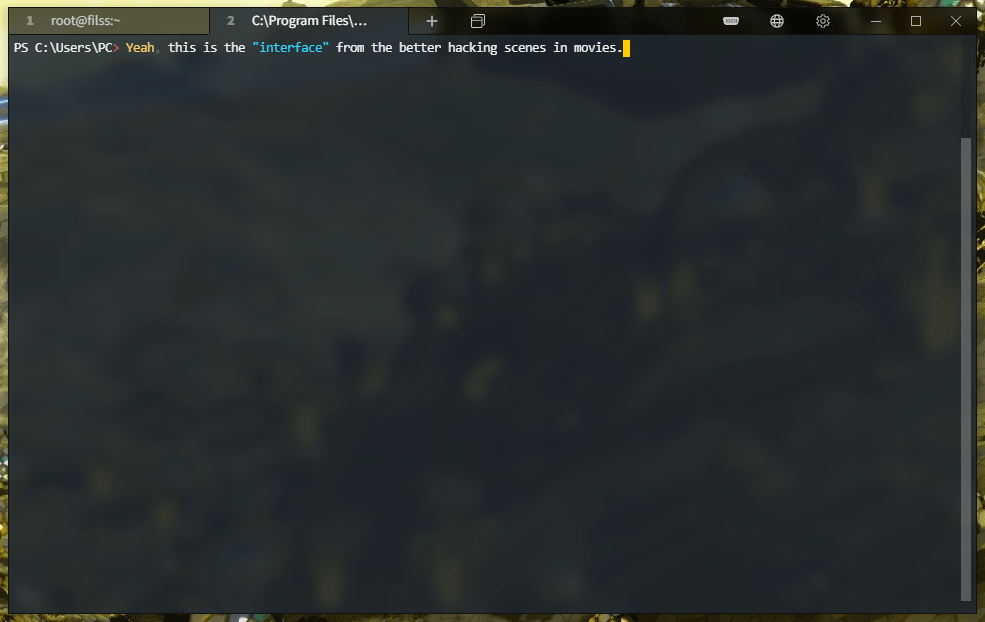







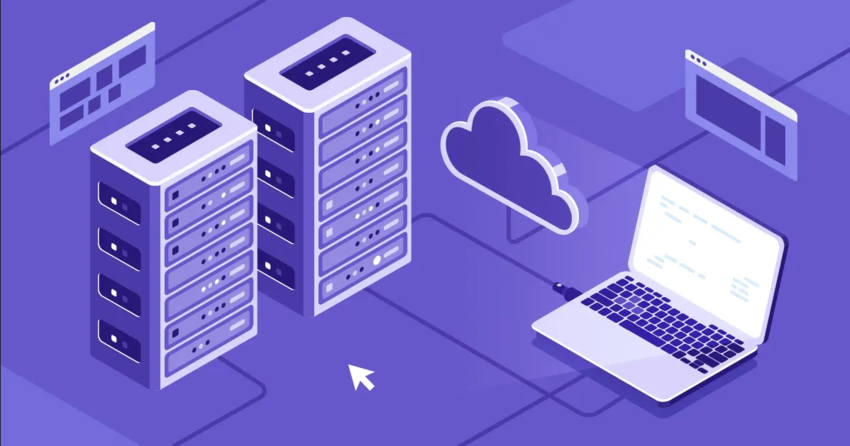
![8 Best Enterprise WordPress Hosting (Scalable & Reliable) [2025]](https://dt2sdf0db8zob.cloudfront.net/wp-content/uploads/2024/11/Best-Enterprise-WordPress-Hosting-1.png)
![8 Best Enterprise WordPress Hosting (Scalable & Reliable) [2025]](https://dt2sdf0db8zob.cloudfront.net/wp-content/uploads/2023/05/Caitlin-Greyling-150x150.jpg)


